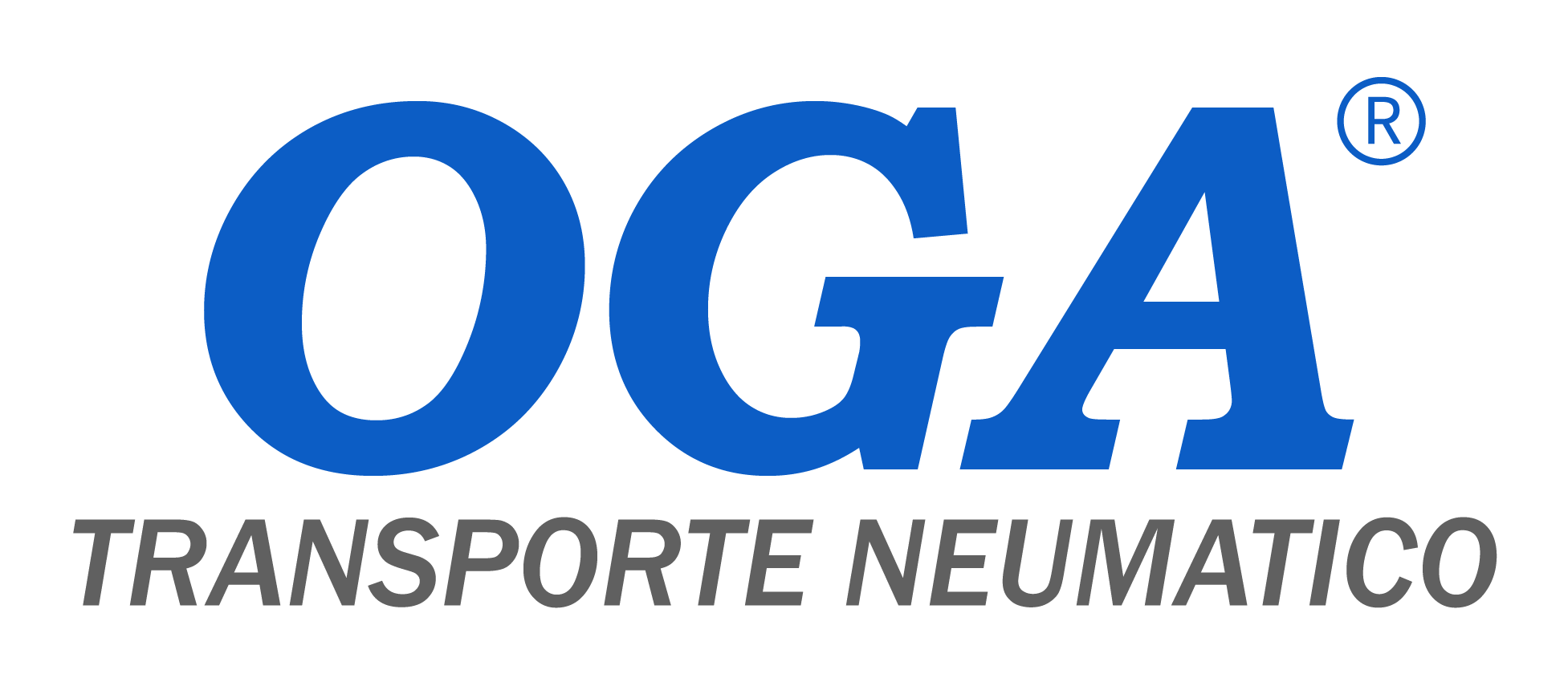









What is a Screw Feeder in Pneumatic Conveying Systems?
A screw feeder in pneumatic conveying systems is a device used for precise and controlled feeding of bulk materials into a pneumatic transport system. This equipment uses a screw conveyor to move material from the intake point to the discharge point, ensuring accurate and consistent dosing. The screw feeder is essential for maintaining uniform flow and preventing material buildup or segregation during the transport process.

- Constructive material in Stainless Steel / Carbon Steel.
- Control possibility from the control panel.
- Design flows from 500 Kg/h to customer requirements.
- Axle distance ranging from 500 mm to 5000 mm (According to requirements).
- Design diameters from 2” to 10” (According to requirements).
- Inclination angle from 0° to 30° (According to requirements).
- Inlet and discharge connection via flange.
- Reducer motor at 220 – 440 VAC/3Ph/50-60Hz.
- Possibility of automatic discharge valve.
- Electrical protection IP 54 for the motor.
Types of Screw Feeders in Pneumatic Conveying Systems
Horizontal Screw Feeder: Designed to transport material along a horizontal path. Ideal for applications where vertical space is limited.
Inclined Screw Feeder: Utilizes an incline to transport material from a lower height to a higher one. Useful in applications requiring material elevation.
Vertical Screw Feeder: Allows for vertical transport of materials, suitable for applications where materials need to be elevated from ground level to a significant height.
Twin Screw Feeder: Equipped with two parallel screws to enhance dosing capacity and handle larger volumes or materials with challenging characteristics.
Applications of Screw Feeders in Various Industries
Screw feeders are widely used across different industries to ensure precise and efficient dosing of bulk materials. Key applications include:
- Food Industry: For accurate dosing of ingredients in food and beverage production.
- Chemical Industry: In handling precise dosing of chemicals and compounds in manufacturing processes.
- Pharmaceutical Industry: For controlled feeding of active ingredients and excipients in drug production.
- Plastic Industry: In dosing resins and additives during plastic product manufacturing.
- Construction Industry: For dosing materials like cement and sand in mixing processes.
- Mining Industry: In dosing minerals and other bulk materials during processing.
- Recycling Industry: To ensure controlled flow of recyclable materials in recycling processes.




